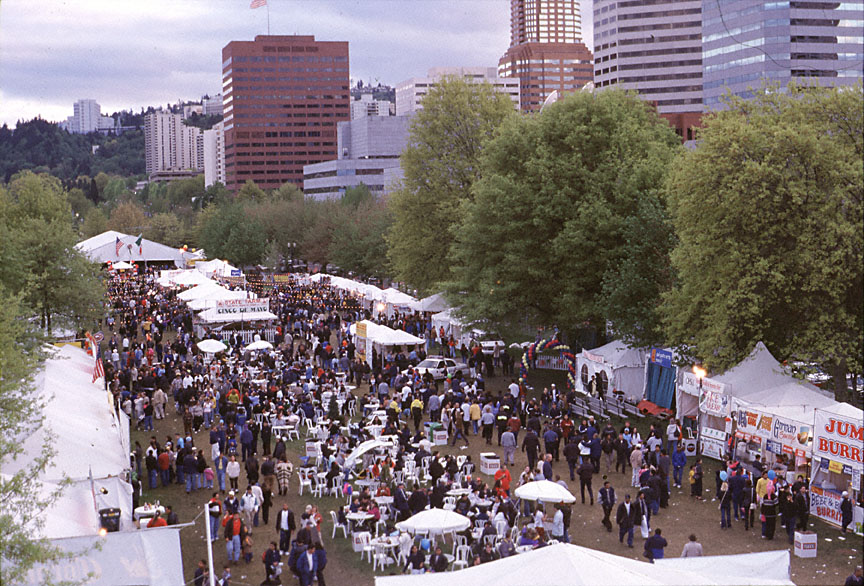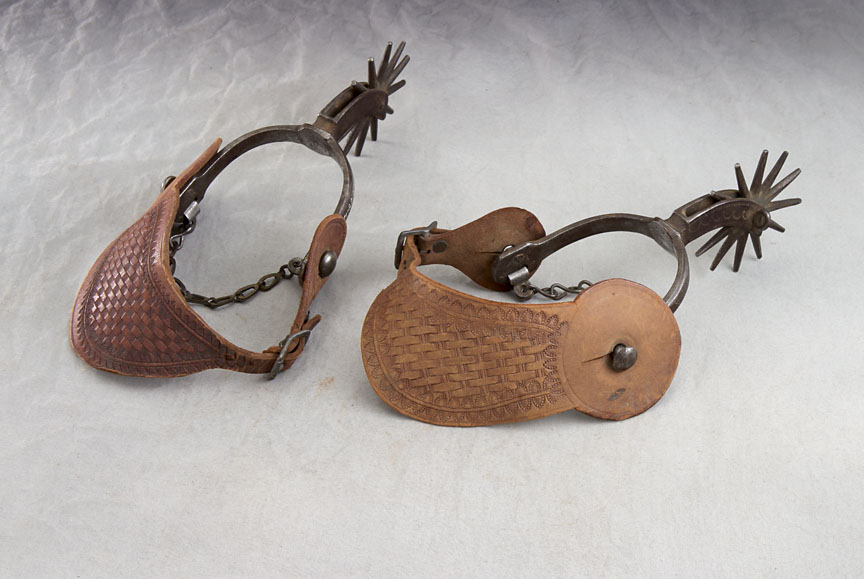10. Spurs
The spurs shown in the photograph above were probably made in the late nineteenth century. They are currently on display in the award-winning “Oregon My Oregon” exhibit at the Oregon Historical Society.
The history of spurs goes back thousands of years. Ancient and early medieval spurs had a single protruding point called a prick that was used to goad a horse into action by poking its sensitive belly. By the late Middle Ages the prick spur had been supplanted in western Europe by a new kind of spur called the rowel spur. Instead of single immovable prick, the rowel spur has a rotating spiked wheel called a rowel. Both types of spurs were among the emblems of knighthood in medieval Europe.
Spanish conquistadores are often credited with introducing spurs to the Americas. The conquistadors’ spurs, known as the espuela grande, or “great spur,” were typified by very large rowels. These distinctive spurs are still in use in many parts of Latin America.
View source10 of 10



